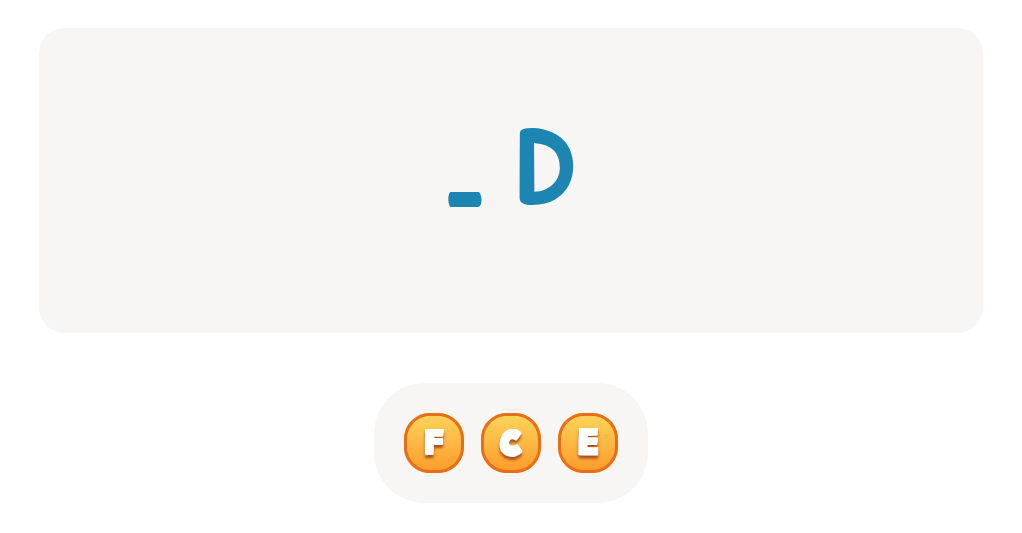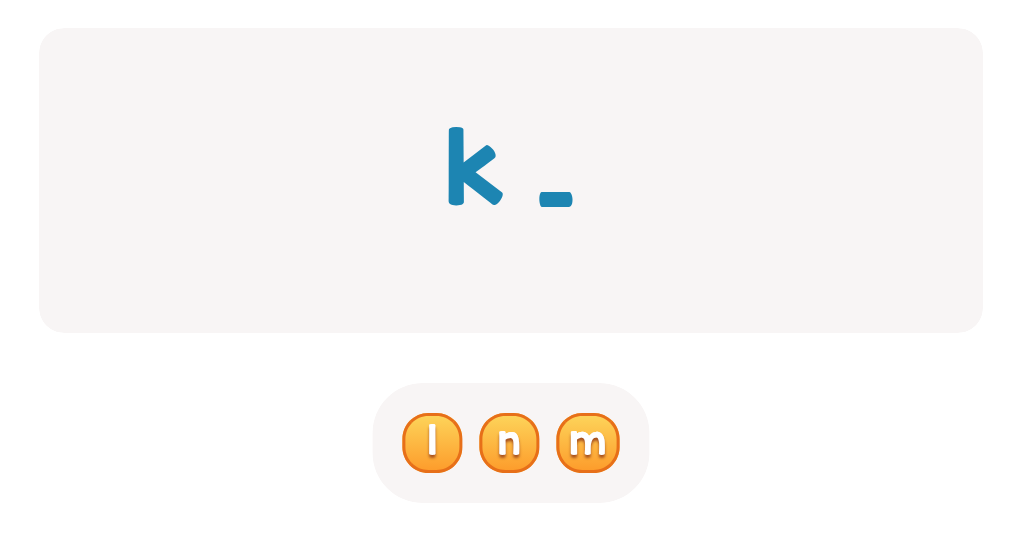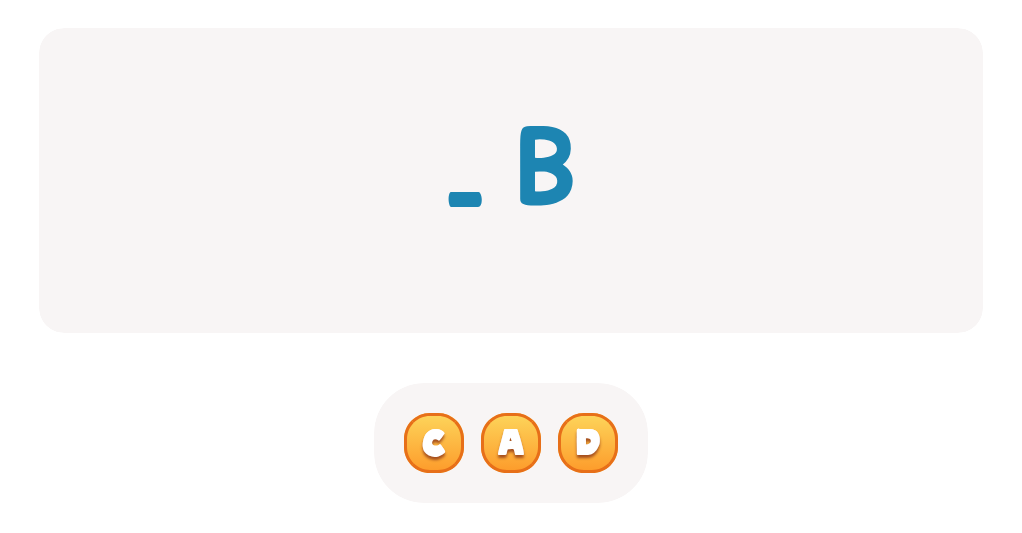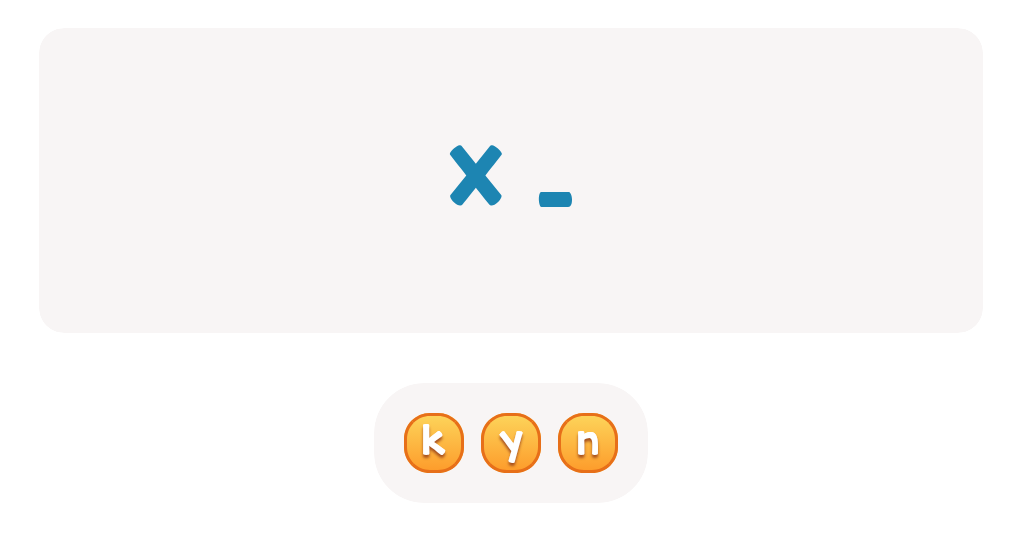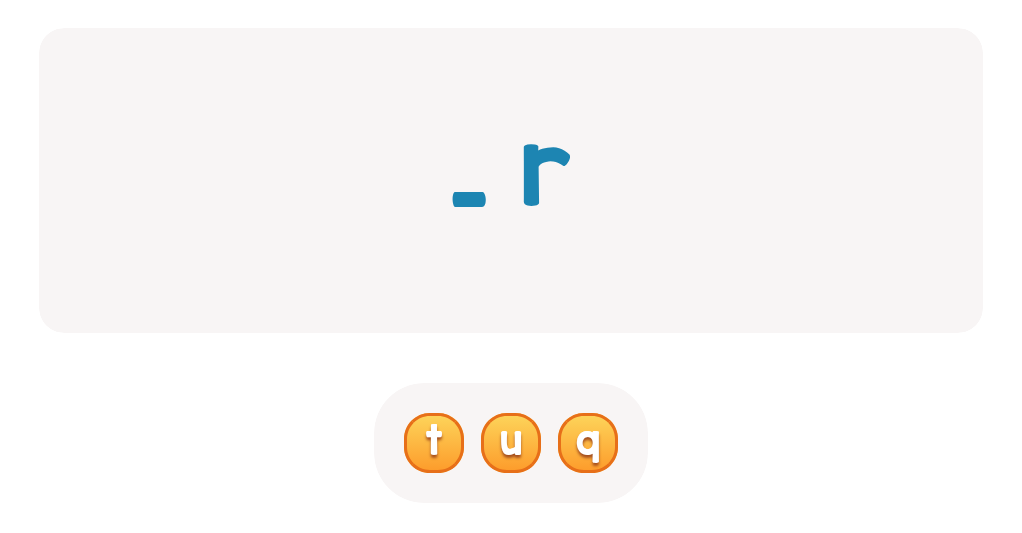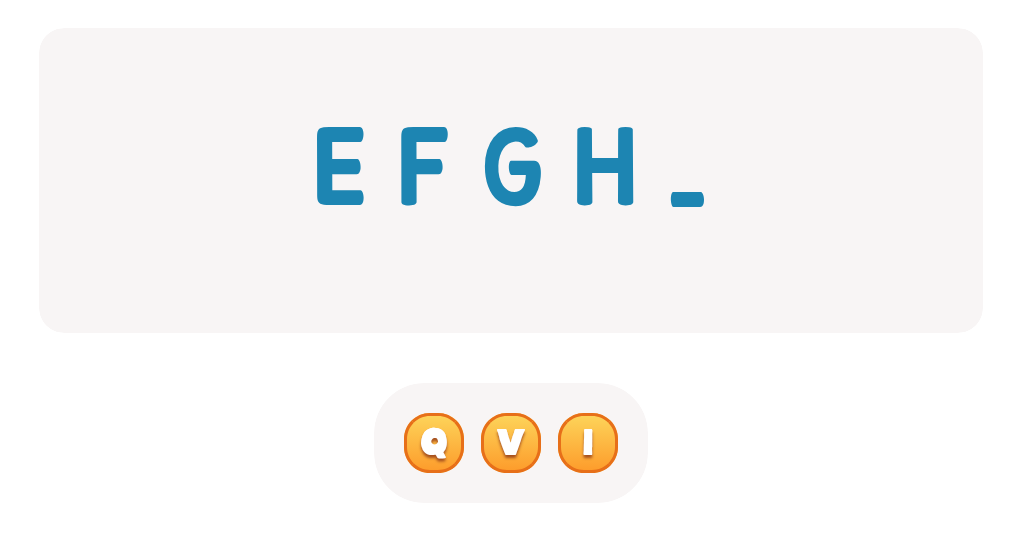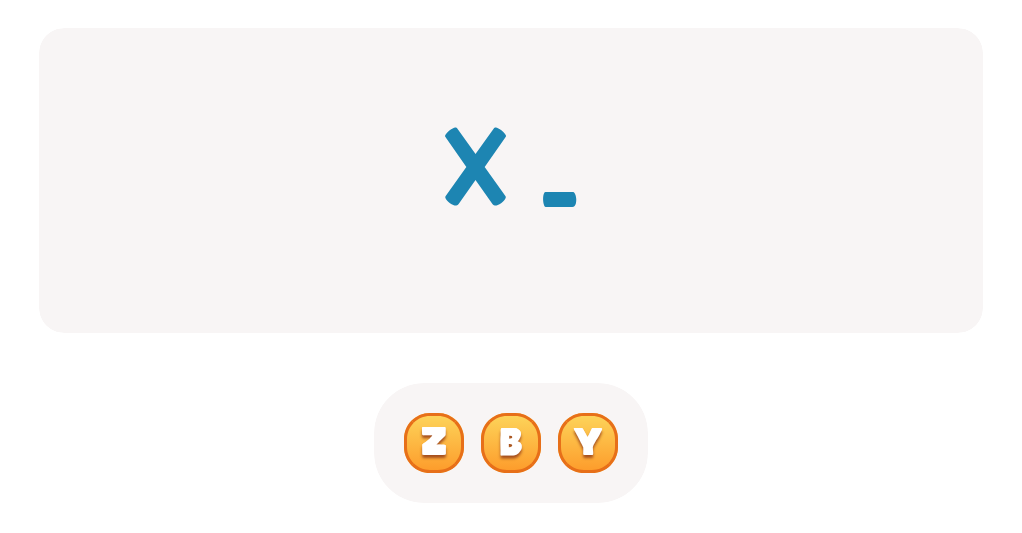Visual discrimination Normal Upper & Lowercase Letters Worksheets for Ages 4-5
4 filtered results
-
From - To
Enhance your child's alphabet recognition skills with our "Visual Discrimination Normal Upper & Lowercase Letters Worksheets for Ages 4-5." Designed by educators, these engaging resources help young learners distinguish between upper and lowercase letters, improving visual discrimination. The fun and interactive activities enhance letter recognition, crucial for early reading and writing skills. Perfect for preschool and kindergarten students, our worksheets ensure a solid foundation in literacy. By incorporating playful exercises, children develop confidence and proficiency in identifying letter differences. Discover the joy of learning letters through exciting and educational worksheets, and support your child's educational journey today!
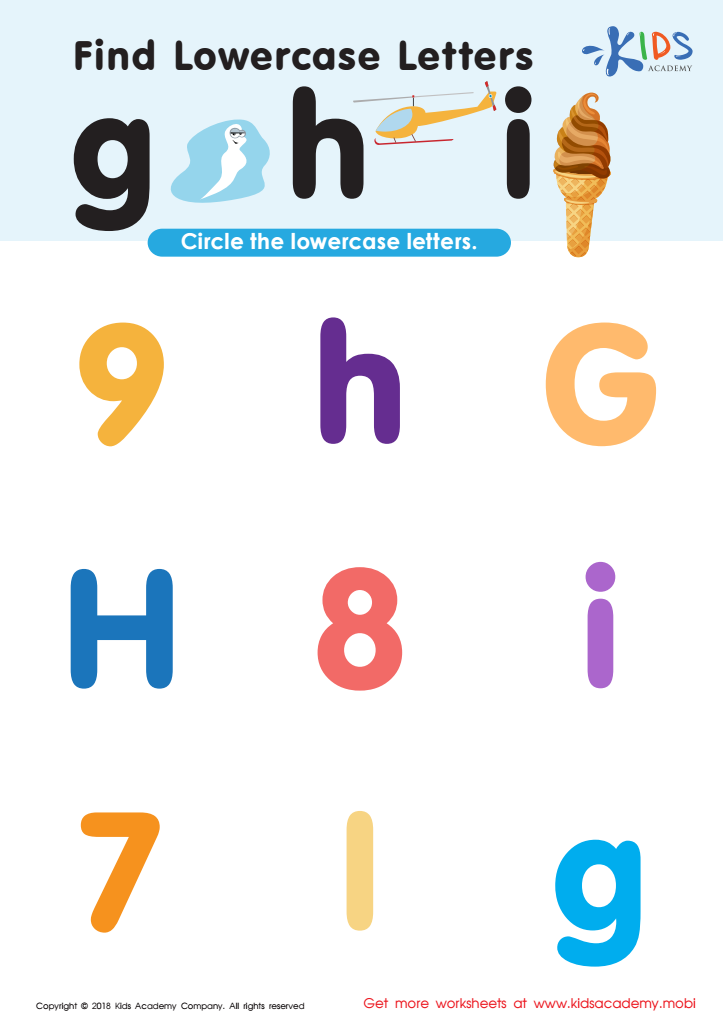

Find Lowercase Letters g h i Worksheet
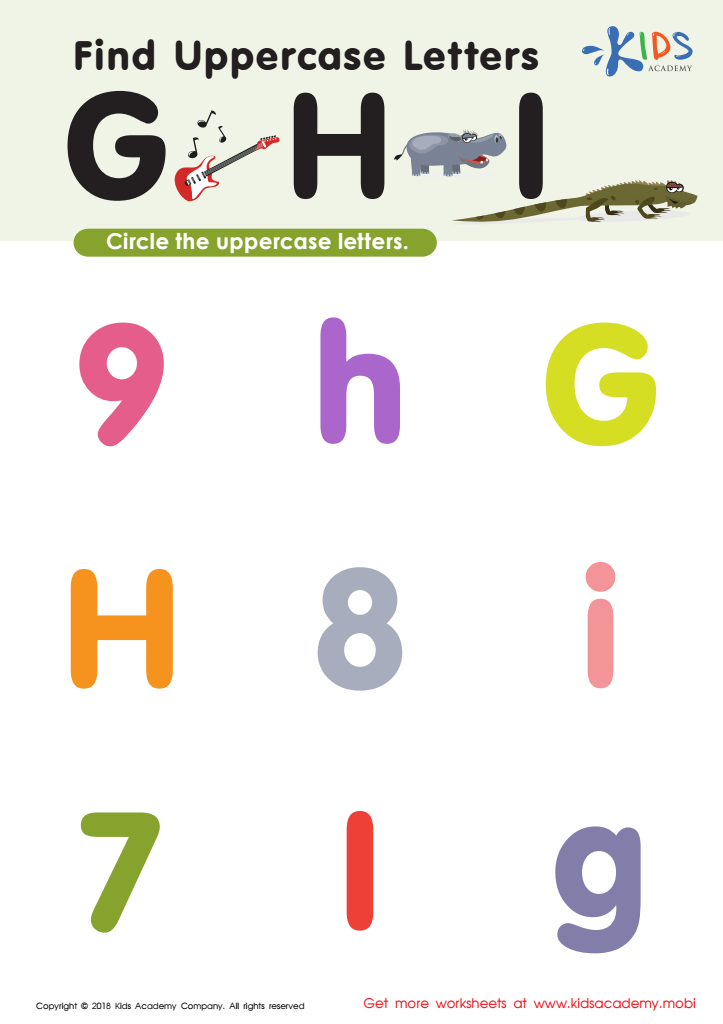

Find Uppercase Letters G, H, and I Worksheet
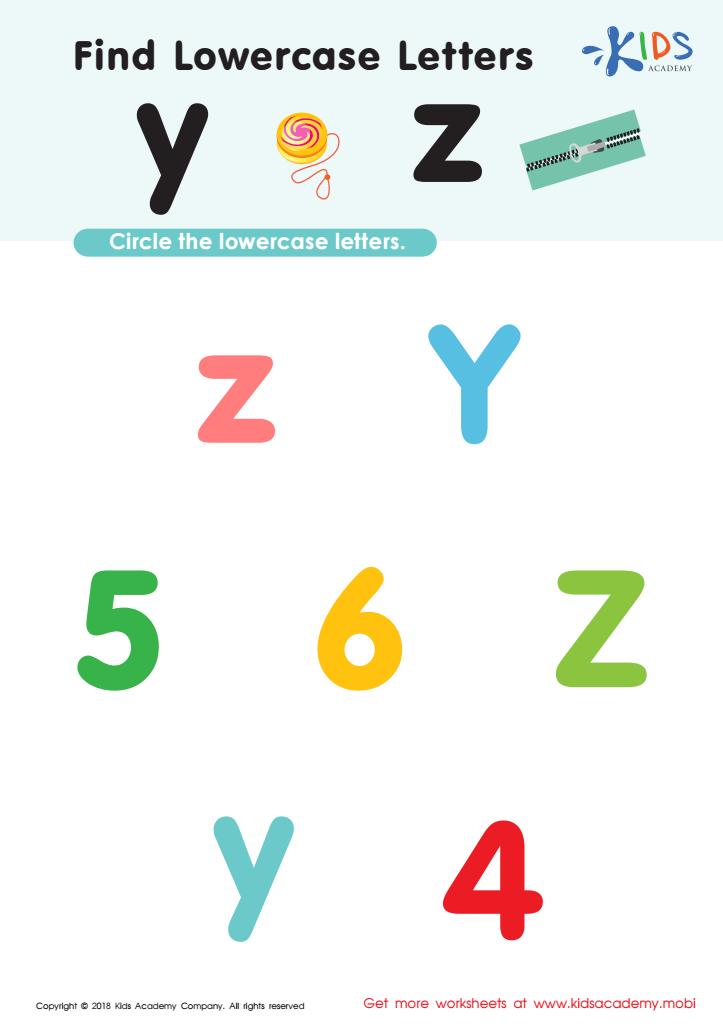

Find Lowercase Letters y z Worksheet


Find Uppercase Letters V, W, X Worksheet
Visual discrimination is the ability to notice differences and similarities between visual stimuli, a skill crucial for early childhood development. For children aged 4-5, recognizing and distinguishing between upper and lower case letters is a foundational step in literacy. Parents and teachers should care about visual discrimination at this stage because it directly impacts reading and writing abilities, which are essential for academic success.
Strong visual discrimination enables children to identify letters by shape, preventing common reading errors like confusing 'b' with 'd' or 'p' with 'q'. This skill is critical in developing phonemic awareness—understanding how letters and their corresponding sounds form the words we speak and read. When children master this skill, they become more confident readers and writers.
Moreover, engaging in visual discrimination activities strengthens fine motor skills and hand-eye coordination, both necessary for writing. Activities like matching games, alphabet puzzles, and letter tracing help make this learning process enjoyable. A strong grasp of uppercase and lowercase letters also makes the transition to more complex literacy skills smoother.
Given the importance of reading in all areas of learning, ensuring children develop robust visual discrimination skills will set the groundwork for their educational journey, making it a high-priority focus for parents and teachers alike during these formative years.
 Assign to My Students
Assign to My Students
